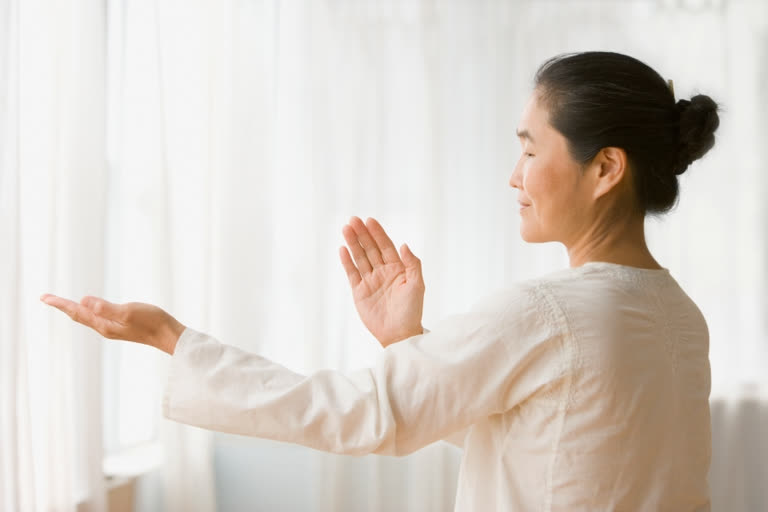Stroke survivors who practiced a seated form of Tai Chi had equal or greater improvement in hand and arm strength, shoulder range of motion, balance control, symptoms of depression and activities of daily living after three months, compared to those who participated in a standard stroke rehabilitation exercise program, according to new research published today in Stroke, the peer-reviewed flagship journal of the American Stroke Association, a division of the American Heart Association.
The American Heart Association’s/American Stroke Association’s Guidelines for the Early Management of Patients with Acute Ischemic Stroke recommend people start stroke rehabilitation within seven days and continue for up to six months after a stroke. However, many survivors opt out of rehabilitation therapy because they lack physical stability or are unable to fully use their arms. The Association also notes in a Scientific Statement about Physical Activity and Exercise Recommendations for Stroke Survivors that flexibility and muscle strength training, including yoga and Tai Chi, are reported to be beneficial for stroke survivors in improving balance, quality of life and mental health, while reducing the fear of falling.
Tai Chi, a traditional Chinese martial art, consists of a series of slow, careful movements of the hands, arms, neck, legs and core combined with deep breathing. The novelty of this study is that researchers developed a sitting routine of Tai Chi exercises for people who had a recent ischemic stroke (blocked blood vessel to the brain) and experienced hand and arm weakness or partial paralysis.
“Tai Chi has a long history as a form of exercise in China. We revised the Tai Chi movements for people who have weakness or partial limb paralysis. It is tailored so that participants can move one arm with the help of the healthy arm,” said Jie Zhao, Ph.D., lead study author and a lecturer at Yunnan University of Traditional Chinese Medicine in Yunnan, China.
The study was conducted at two traditional Chinese medicine hospitals in Kunming, China. Researchers recruited 160 adults (average age of 63 years; 81 men and 79 women) who had suffered their first-ever ischemic stroke within six months of joining the study and retained their use of at least one arm. Among the study participants, half were randomly assigned to the sitting Tai Chi program, and the other half were part of the control group that practiced a standard stroke rehabilitation exercise program (hospital-recommended upper limb movements; the amount, implementation strategies and caregiver responsibilities were similar to the Tai Chi group).
